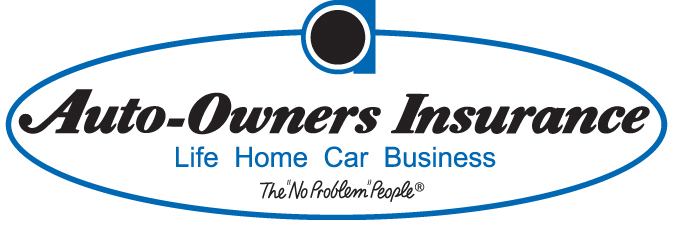Flood Insurance: Do I need it? Am I Covered? Am I really at risk?
August 9, 2024
Floods are one of the most common and costly natural disasters in the United States, yet many homeowners aren’t sure if they need flood insurance. The decision can be influenced by a variety of factors, including where you live, the likelihood of flooding in your area, and the financial implications of flood damage. Let’s dive into the basics and help you figure out if flood insurance is something you should consider.
Understanding Flood Risk: First things first: do you know your flood risk? According to the National Flood Insurance Program (NFIP) via FloodSmart.gov, anyone can be at risk for flooding, but certain areas are more prone than others. The Federal Emergency Management Agency (FEMA) creates flood maps to help you figure out how likely your area is to flood. These maps break down regions into different flood zones, with some areas being more prone to flooding than others and can help you determine your property’s unique risk for flooding.
Misconceptions About Homeowners Insurance: A lot of people think their standard homeowners’ insurance will cover flood damage. Unfortunately, this is not the case. As highlighted by Ramsey Solutions, standard homeowners’ insurance policies typically do not cover flood damage. So, if a flood happens and you don’t have flood insurance, you’ll be on the hook for all the repairs and replacements yourself. And with the average flood claim running tens of thousands of dollars, that’s a huge financial burden.
Should You Get Flood Insurance? The National Association of Insurance Commissioners (NAIC) outlines several reasons why you should consider purchasing a flood policy:
- High-Risk Areas: If you’re in a high-risk flood zone, your mortgage lender might require flood insurance. Even if they don’t, the risk alone makes it worth considering.
- Moderate to Low-Risk Areas: Floods can happen anywhere, not just in high-risk zones. According to FEMA, more than 20% of flood claims come from properties outside of areas that are determined to be high risk.
- Peace of Mind: Flood insurance provides peace of mind, meaning you won’t have to worry as much about paying for flood damage out of pocket.
- Changing Climate: Climate change is leading to more severe and unpredictable weather patterns. Areas that weren’t at risk before, that have been labelled low risk, might be at risk now.
The Financial Impact of Flood Damage: Flood damage can be incredibly expensive. FloodSmart.gov notes that just one inch of water in an average-sized home can cause more than $25,000 in damage. Without flood insurance, you’d have to cover these costs yourself. Additionally, while federal disaster assistance can help, it is often limited and usually comes in the form of loans that you have to repay, unlike insurance payouts.
How Much Does Flood Insurance Cost? The price of flood insurance depends on a few things, like your area’s flood risk, your home’s age and design, and the coverage amount you choose. On average, flood insurance costs about $700 per year, but this can be higher if you are in a high-risk area. It’s a good idea to shop around and compare quotes to find the best coverage for your needs.
Federal Assistance vs. Flood Insurance: Federal disaster assistance can provide some relief, but it’s no substitute for flood insurance. Federal aid usually only kicks in if the president declares a disaster, and it’s often in the form of low-interest loans that need to be paid back. Flood insurance, however, offers more comprehensive coverage to help you recover more fully and quickly from flood damage.
How to Purchase Flood Insurance: Flood insurance can be purchased through the NFIP or private insurers. The NFIP offers coverage to homeowners, renters, and businesses in participating communities. You can get a policy directly from the NFIP or through an insurance agent—private flood insurance might offer more coverage options and flexibility
Whether or not you need flood insurance depends on your specific risk and financial situation. If you live in a high-risk area, flood insurance is pretty much a no-brainer. For those in moderate to low-risk areas, it’s still a smart investment because of the unpredictable nature of floods and the significant financial impact they can have.
When considering flood insurance remember to check your flood zone, review your current homeowner policy exclusions, think about the financial impact flooding would have, understand what and how federal aid works, and compare your options.
By understanding your flood risk and how flood insurance can protect you, you can make a well-informed decision that keeps your home and finances safe. Sparks Insurance is here to help you navigate your insurance needs and find you coverage that you can trust.
Reference Articles and Additional Resources:
Ramsey Solutions: Do I need flood insurance?
NAIC: Do I need flood insurance? Why you should consider a flood policy to protect your home.




